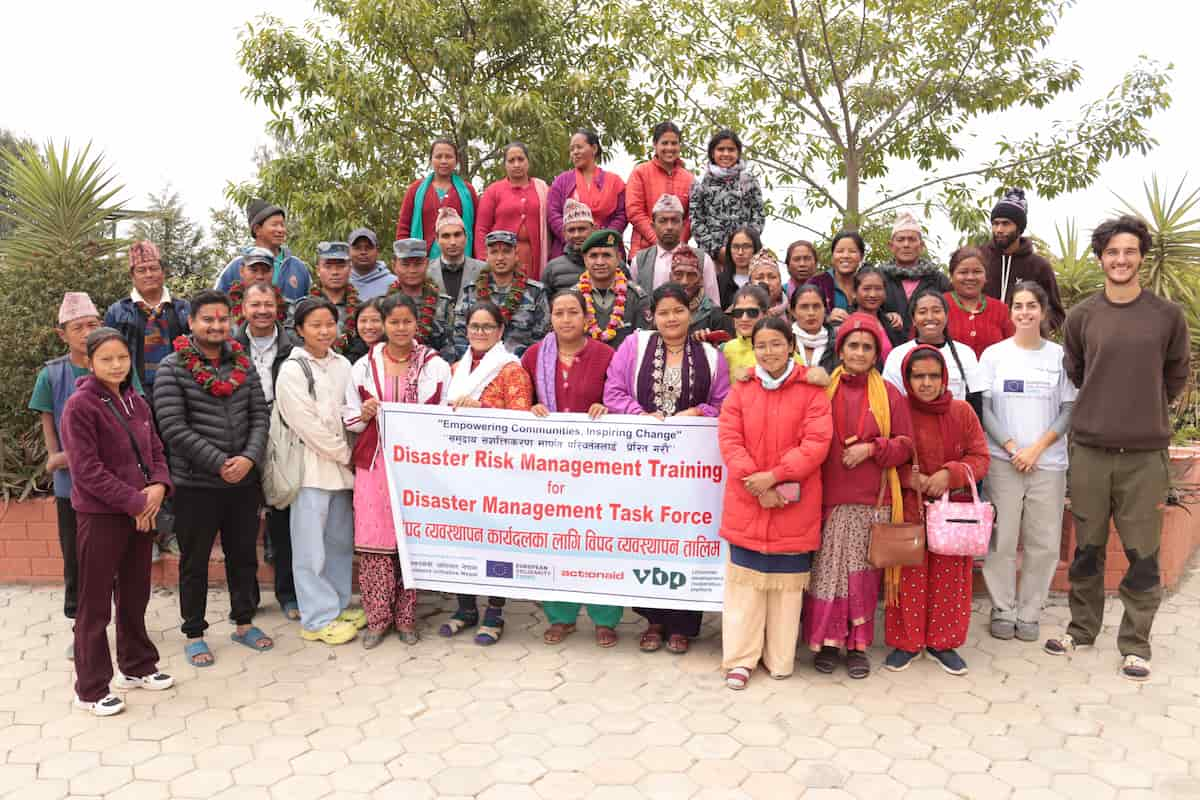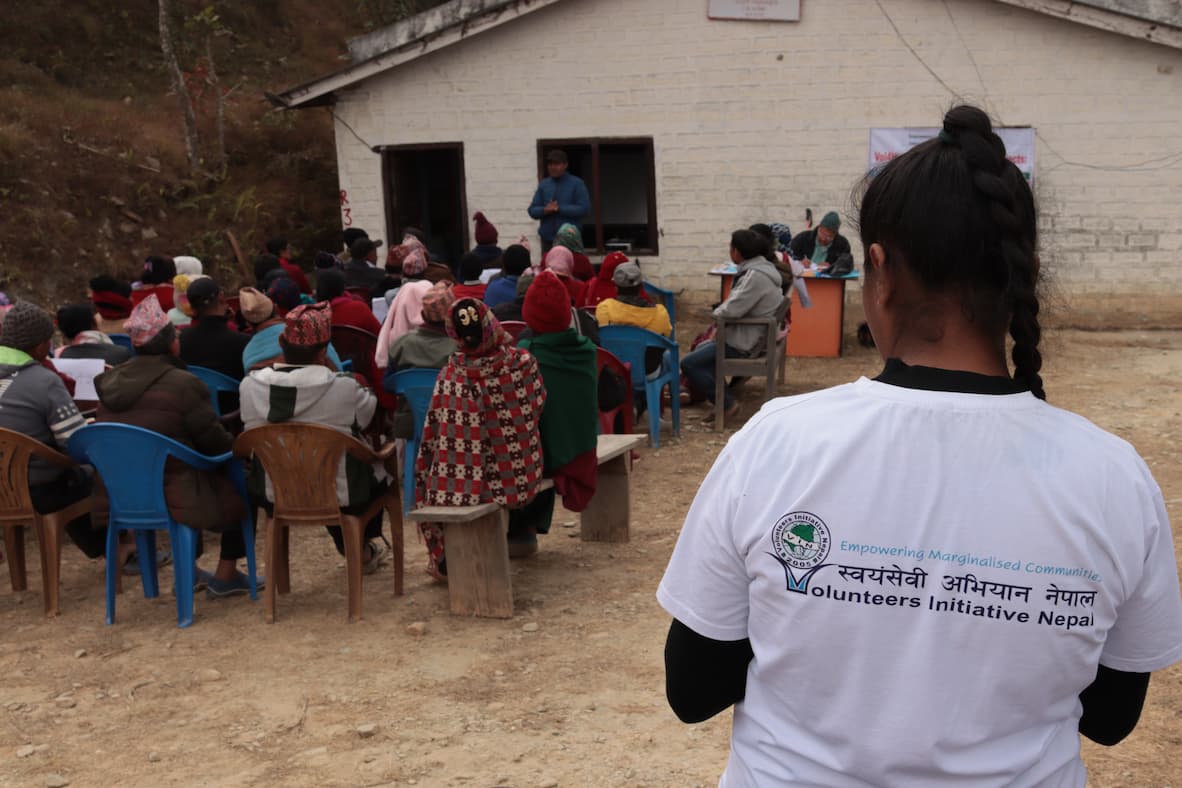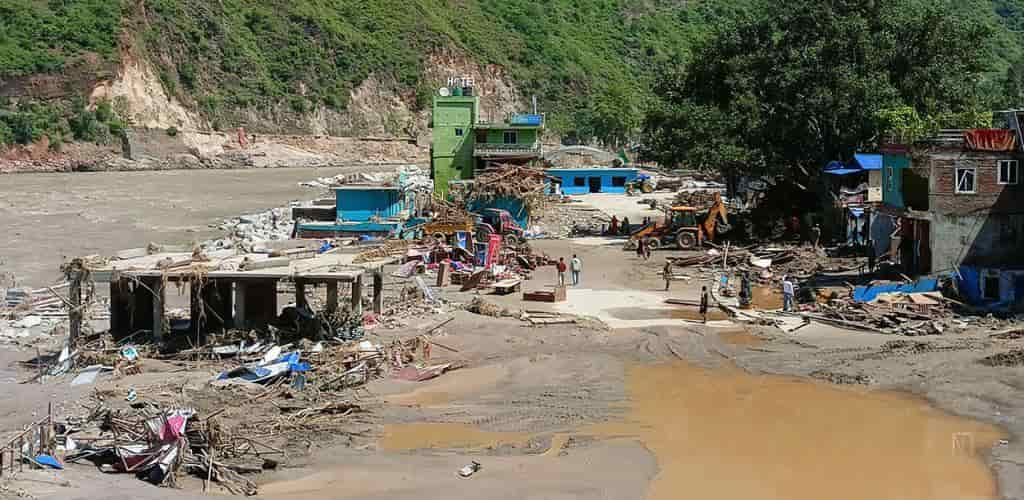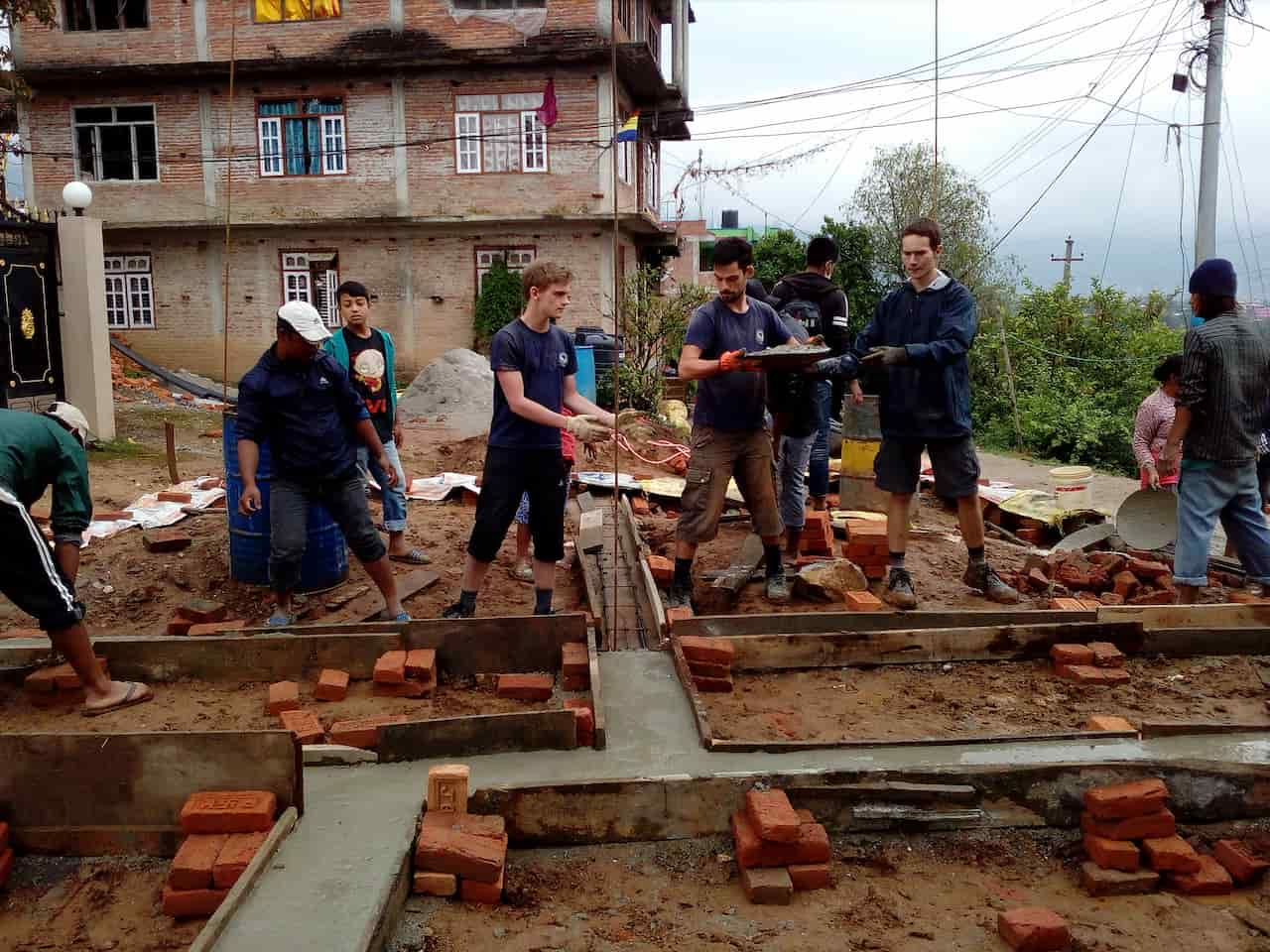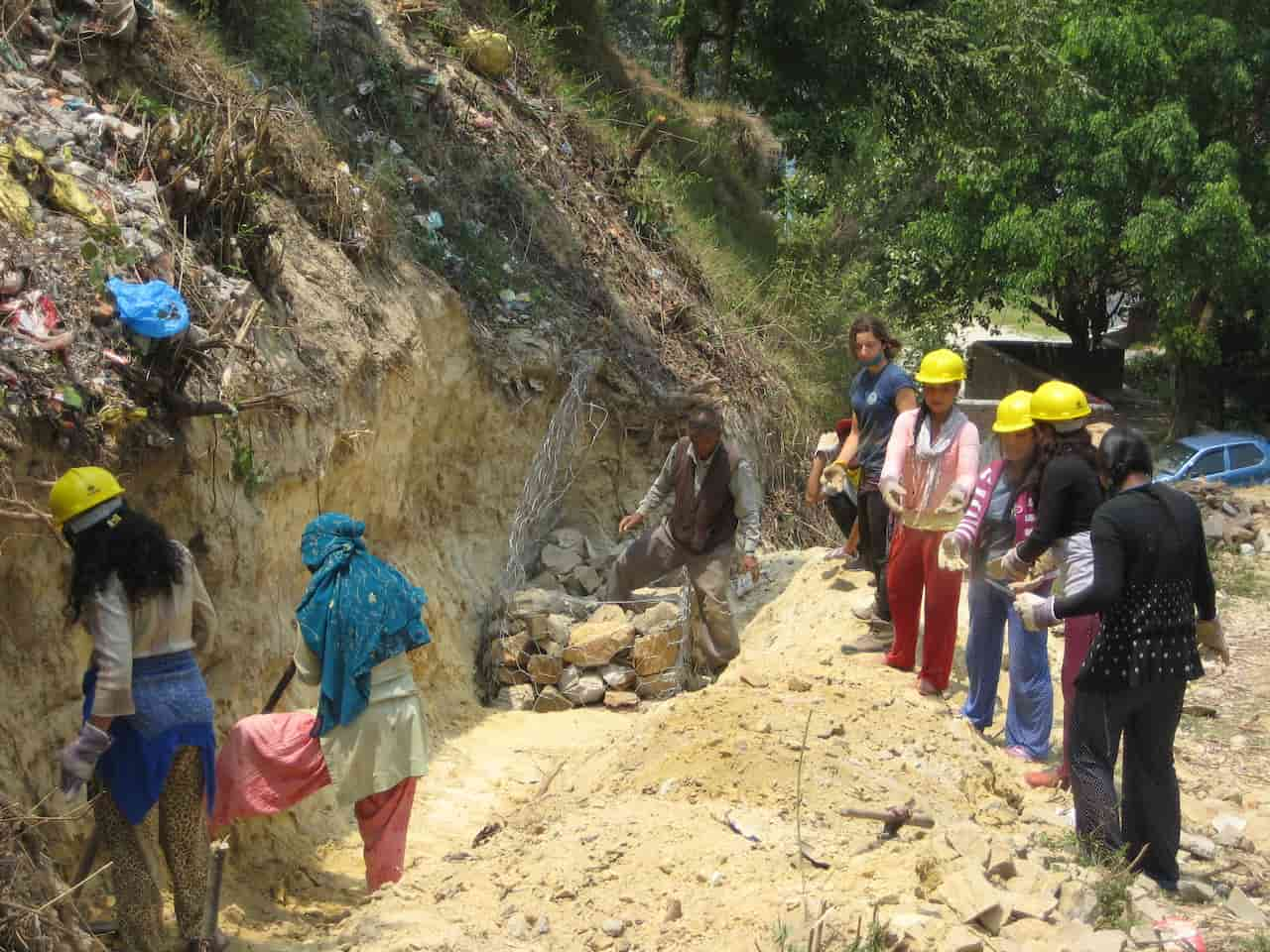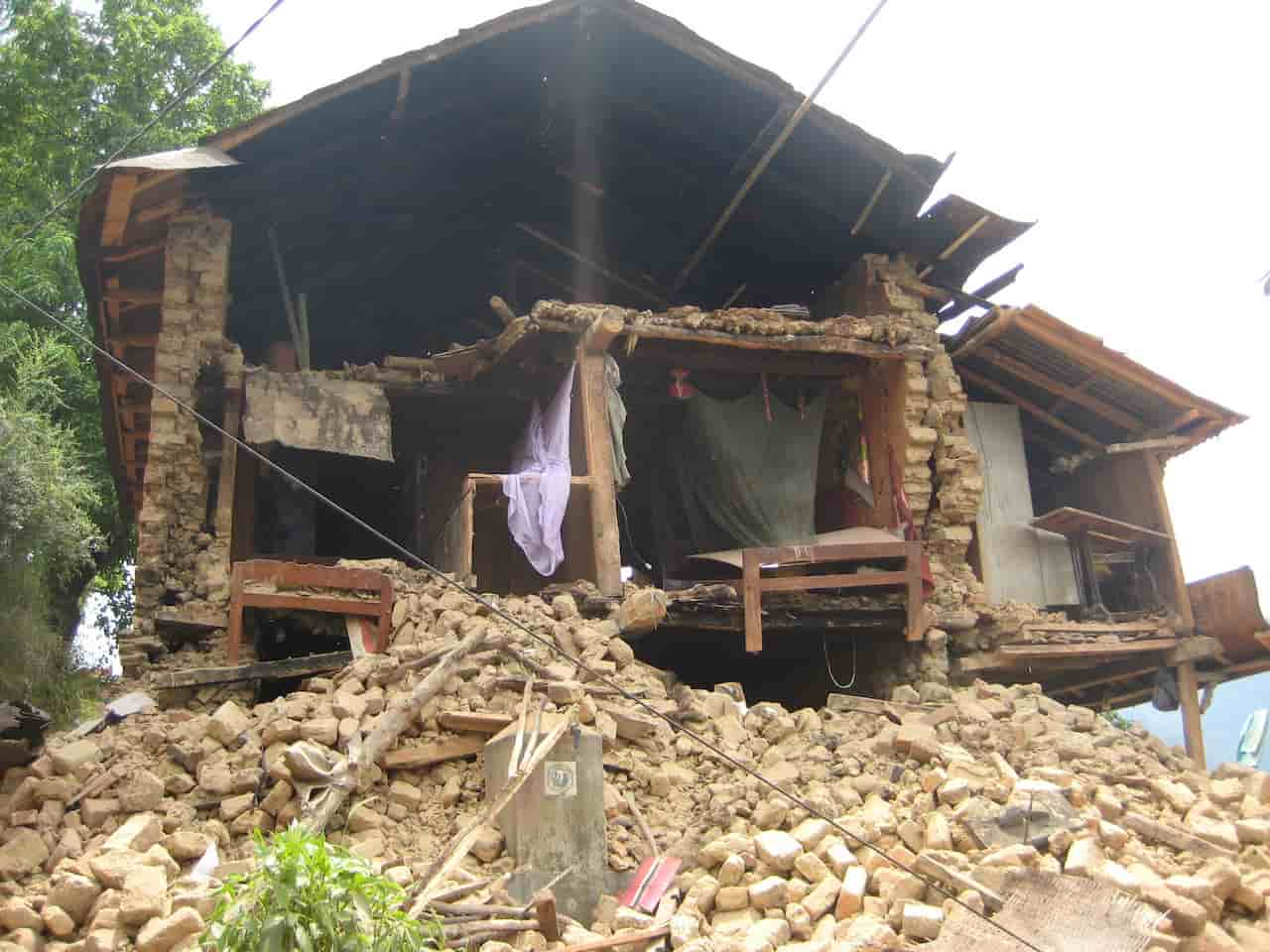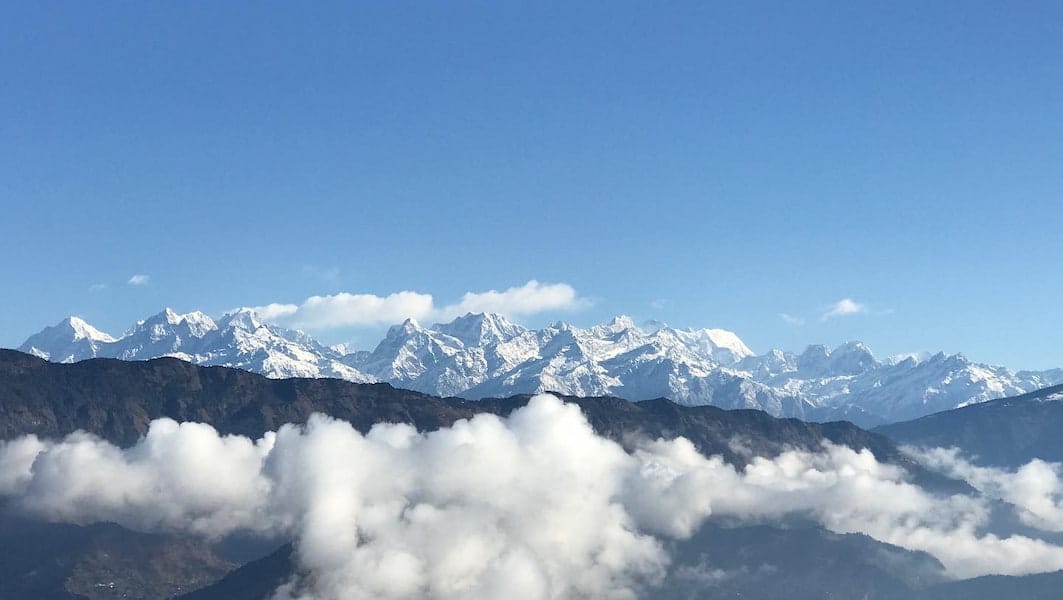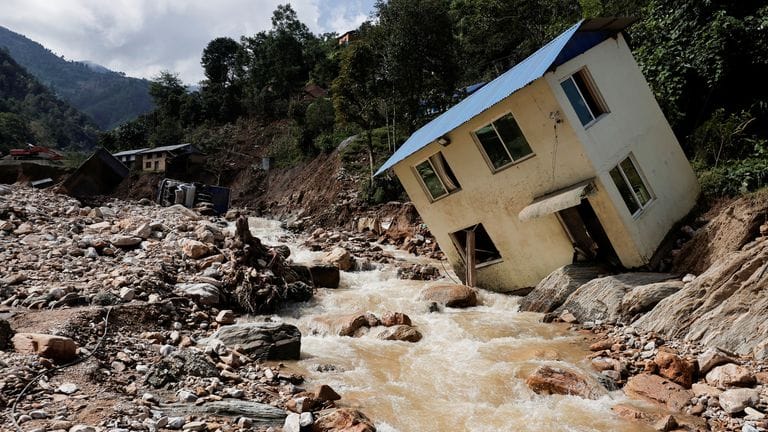
Project Description
Introduction
Nepal’s rugged landscapes and dynamic climate make it a hotspot for natural hazards such as earthquakes, floods, landslides, and wildfires. Volunteer opportunities in disaster risk management in Nepal bring together dedicated volunteers with local communities to mitigate the impacts of these events. By joining our Emergency Response Volunteer Task Force and participating in Disaster Preparedness Volunteer Programs, you will help save lives, protect infrastructure, and build resilience where needed. Whether you’re involved in training, field assessments, or community outreach, your efforts are crucial for empowering vulnerable populations.
Background
Nepal is no stranger to disaster. The 2015 earthquake alone claimed over 8,000 lives and rendered hundreds of thousands homeless. Furthermore, seasonal floods and landslides continue to disrupt communities throughout the country. According to the National Disaster Risk Reduction and Management Authority (NDRRMA), more than 500 disaster events occur annually, impacting rural and urban areas. Despite these challenges, numerous communities still lack sufficient early warning systems, safe construction practices, and effective emergency response strategies. ViN established the Nepal SafeFutures project to bridge these gaps by offering hands-on training and practical support to reduce disaster risks and enhance community resilience.
Key Objectives
Promote Knowledge Sharing: Equip locals with disaster management skills that align with global best practices, reinforcing Nepal’s capacity for long-term recovery.
Enhance Preparedness: Implement effective Disaster Preparedness Volunteer Programs that train communities on emergency response, evacuation procedures, and first aid.
Build Community Resilience: Establish and strengthen local Community Emergency Response Teams (CERT) Volunteering networks to ensure rapid, coordinated action during disasters.
Mitigate Disaster Impacts: Support structural improvements and sustainable rebuilding efforts to reduce future damage from earthquakes, floods, and landslides.
Why Volunteer for the DRM Project?
The Need
Natural disasters in Nepal can strike suddenly, leaving communities exposed and ill-prepared. Over 1.6 billion people worldwide rely on forests and rural areas for their livelihoods, yet deforestation and inadequate infrastructure in Nepal exacerbate disaster risks. With nearly 40% of rural families depending on agriculture and basic housing, the cost of inaction is enormous. Your contribution through Disaster Risk Management Volunteer Opportunities can make the difference between chaos and preparedness.
Global Relevance
As climate change and environmental degradation intensify, the lessons learned from Nepal’s disaster management efforts are more critical than ever. Our project aligns with international goals, including the United Nations Sustainable Development Goals (SDG 11: Sustainable Cities and Communities, SDG 13: Climate Action). By joining our Emergency Response Volunteer Task Force and Disaster Preparedness Volunteer Programs, you help build local resilience and contribute to a global movement promoting safer, more sustainable communities.
Local Voices
“Before the training, we didn’t know how to secure our homes during an earthquake,” says Ram, a community leader in Gorkha. “Our community is organized, and our children know the evacuation routes. Volunteers gave us tools and hope.” Such testimonials underscore the transformative impact of our programs on everyday lives.
Available Disaster Risk Management Volunteering Opportunities
Our Disaster Risk Management Volunteer Opportunities encompass various roles designed to bolster local preparedness. Here are ten key opportunities available through our initiative:
Daily Activities
A typical volunteer day in our programs might include:
- 08:30 – 09:15: Enjoy breakfast at your volunteer house or homestay.
- 09:15 – 10:00: Travel by foot, jeep, or local bus to your designated community site.
- 10:00 – 13:00: Engage in field activities such as risk assessments, community workshops, or technical training sessions.
- 13:00 – 14:00: Break for lunch, typically enjoying traditional Nepali dal bhat.
- 14:00 – 16:00: Continue with tasks—like data collection, infrastructure reinforcement, or teacher training.
- 16:00 – 17:00: Return to your accommodation, debrief with team members, and plan for the next day.
- Evening: Participate in cultural immersion activities or take time to relax.
Special Projects
For volunteers seeking deeper engagement, long-term projects may include:
- Implementing training programs for local health workers and teachers in crisis intervention and first aid.
- Developing digital hazard maps using GIS technology.
- Coordinating multi-village drills or establishing a local CERT (Community Emergency Response Team).
- Piloting innovative early-warning systems or mobile alert apps.
Skills and Requirements
Required Skills
- Passion for the Environment and Safety: A genuine desire to help communities and reduce disaster risks.
- Physical Ability: Willingness to perform moderate manual labor, such as walking on uneven terrain or assisting in construction tasks.
- Communication: Clear and empathetic communication skills are essential for training and community engagement.
Eligibility
- Age: Open to individuals aged 18 and older (minors may join with guardians).
- Language: Basic proficiency in English is required; local interpreters are available for non-English speakers.
Preferred Skills
Problem-Solving: The ability to quickly assess situations and propose practical solutions is highly valued.
Technical Background: Experience in disaster management, emergency response, civil engineering, or environmental science is a plus.
Leadership: Previous experience in team leadership or community projects enhances your role in training sessions.
Cultural Experience
Cultural Immersion
Volunteering in Nepal offers a rich cultural journey. You can participate in festivals like Dashain and Tihar, where community spirit and traditional customs are celebrated. You will also engage in shared meals with local families, experience rural hospitality, and immerse yourself in the vibrant tapestry of Nepali life. This cultural exposure enhances your volunteer experience and deepens your connection with the community.
Language Learning
While English is commonly used in urban centers, rural areas primarily speak Nepali or local dialects. Short language lessons are often available, equipping you with essential phrases like “Namaste” (hello) and “Dhanyabaad” (thank you). Learning even a few words can improve communication and foster trust with local partners.
Logistics and Support
Accommodation
Volunteers typically reside in shared dormitories, volunteer houses, or local homestays. Although the accommodations are modest, they offer an authentic glimpse into Nepali life and provide opportunities for meaningful cultural exchange. The proximity of these lodgings to project sites minimizes daily commutes and strengthens community bonds.
Meals
- Nepali Standard Meals: Eat three meals daily with staple dishes such as dal bhat (rice and lentils), seasonal vegetables, and sometimes meat.
- Dietary Accommodations: Vegetarian and other dietary preferences are typically available upon prior request.
Transportation
After an arranged airport pickup in Kathmandu, volunteers are transported to project sites via local buses or jeeps. Daily commutes might involve short walks or longer trips, depending on the location. Program coordinators ensure all travel is safe, efficient, and comfortable.
On-Site Support
Local coordinators and experienced staff guide volunteers through all project tasks. They provide necessary training, cultural orientation, and logistical support. Should any challenges arise—whether technical or personal—on-site teams are ready to offer assistance promptly.
Health and Safety
Emergency Protocols: The coordinators have established links with local clinics and hospitals, ensuring a rapid response if an emergency occurs during the project.
Vaccinations: Recommended immunizations include hepatitis A, typhoid, and routine shots, as the WHO advises.
Travel Insurance: Essential to cover any potential medical emergencies or changes in travel plans.
Program Fees and Inclusions
For detailed cost information, please visit our Program Fees page. Generally, the program fee includes:
- Accommodation: Shared lodging or homestays near project sites.
- Meals: Three Nepali-standard meals per day.
- Transportation: Airport pickup and local travel arrangements.
- Support and Training: Orientation, on-site guidance, and essential training materials.
Volunteers are responsible for additional expenses such as international flights, visas, travel insurance, and personal spending. Fees directly support staff salaries, operational costs, and procurement of necessary tools for Disaster Risk Management Volunteer Opportunities.
Impact and Outcomes
Volunteer Impact
- Professional Development: Enhance skills in crisis management, community training, and technical disaster assessment. These experiences can open doors to careers in emergency management, environmental conservation, and public safety.
- Leadership and Teamwork: Gain hands-on experience coordinating with diverse teams, managing projects, and developing cross-cultural communication abilities.
- Personal Fulfillment: Witness the tangible impact of your efforts as communities become more resilient and better prepared for disasters.
Community Impact
Sustained Resilience: Training and workshops create local champions who advocate for disaster risk reduction, ensuring that benefits extend beyond your volunteer tenure.
Improved Preparedness: Communities benefit from enhanced safety protocols, including established evacuation routes and well-stocked emergency supplies.
Economic Stability: With robust disaster preparedness plans, local economies suffer fewer losses during crises, promoting long-term stability and growth.
Success Stories and Testimonials
Volunteer Experiences
“I arrived in Nepal uncertain of how much I could contribute, but the hands-on training in our Emergency Response Volunteer Task Force changed my perspective,” says Alex, a volunteer from Australia. “We organized mock drills and reinforced community centers, and the gratitude from locals was overwhelming. This experience has enriched my professional skills and my heart.”
Local Impact Stories
Rina, a community leader in Okhaldhunga, shares her gratitude: “Before, our village lacked any disaster plan. Volunteers taught us how to form a community emergency team, conduct drills, and secure critical supplies. When a minor tremor shook our area, we evacuated calmly and saved our lives. Their knowledge gave us hope.”
Application Process
Ready to inspire and empower? Follow these steps to join our Community-Led Disaster Risk Reduction initiatives:
- Complete the Online Application:
Fill out the application form. - Submit Your Resume:
Attach your CV along with two professional or academic references. - Await Confirmation:
Look for a confirmation email outlining your volunteer placement, orientation details, and next steps. - Pay the Booking Fee:
Secure your spot by paying a €150 booking fee. - Receive the Pre-Departure Pack:
Access comprehensive guidelines on local culture, safety protocols, and volunteer responsibilities. - Final Payment:
Process the remaining program fee upon arrival or via wire transfer before departure.
Frequently Asked Questions ( FAQs )
Do I need disaster management experience for Emergency Response Volunteer Task Force roles?
No, prior experience is not mandatory. Volunteers receive thorough training and support on-site.
What regions in Nepal host Disaster Preparedness Volunteer Programs?
Programs typically operate in quake-prone and flood-vulnerable districts, including rural and urban areas.
Are the volunteer roles physically demanding?
Some tasks require moderate physical effort, but responsibilities can be tailored to match individual capabilities.
Will language barriers be an issue?
Basic English is sufficient. Local coordinators and interpreters are available to assist in Nepali or regional dialects.
Can short-term volunteers make a significant impact?
Even brief engagements contribute meaningfully by reinforcing key safety protocols and training local teams.
What if an actual disaster occurs during my volunteer period?
Safety protocols are in place to protect volunteers. Coordinators ensure all participants are aware of evacuation and emergency procedures.
Are there opportunities for specialized skills in these programs, like engineering or medical training?
Absolutely. Volunteers with specialized backgrounds can contribute significantly to technical risk assessments and emergency response planning.
Join Us Today to Make a Difference
If you’re passionate about creating safer, more resilient communities, now is the time to join our Disaster Risk Management Volunteer Opportunities in Nepal. By joining the Emergency Response Volunteer Task Force and participating in Disaster Preparedness Volunteer Programs, you will help transform vulnerable regions into community resilience models.
Apply now or contact us at support@vin.org.np. Unite your skills, passion, and compassion with local communities to reduce disaster risks and ensure a safer future for Nepal. Every effort counts—together, we can build a resilient tomorrow.

